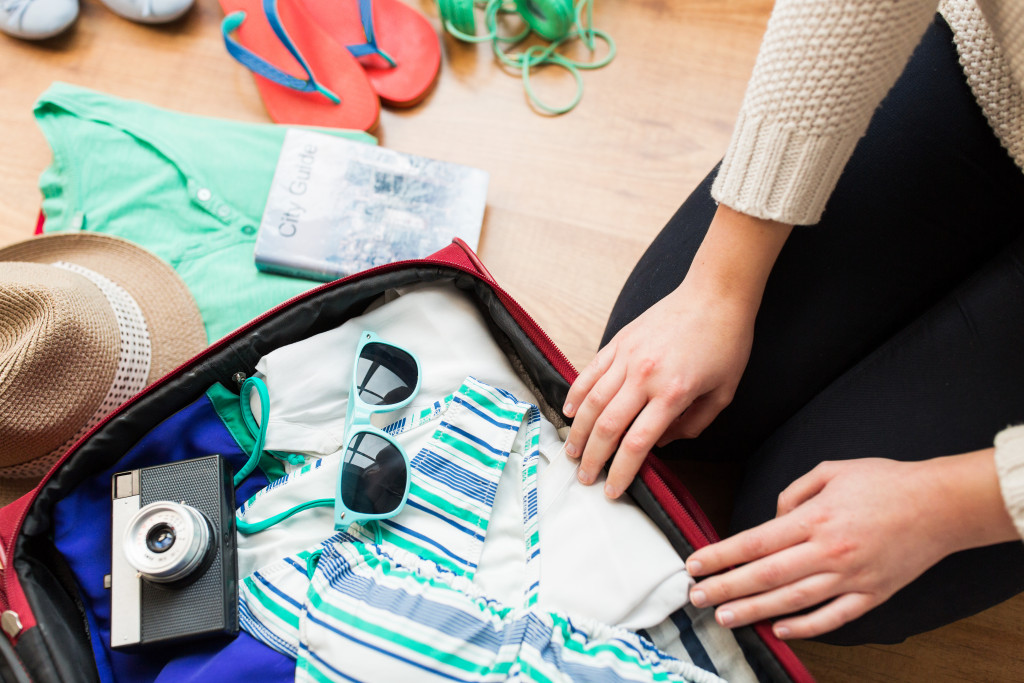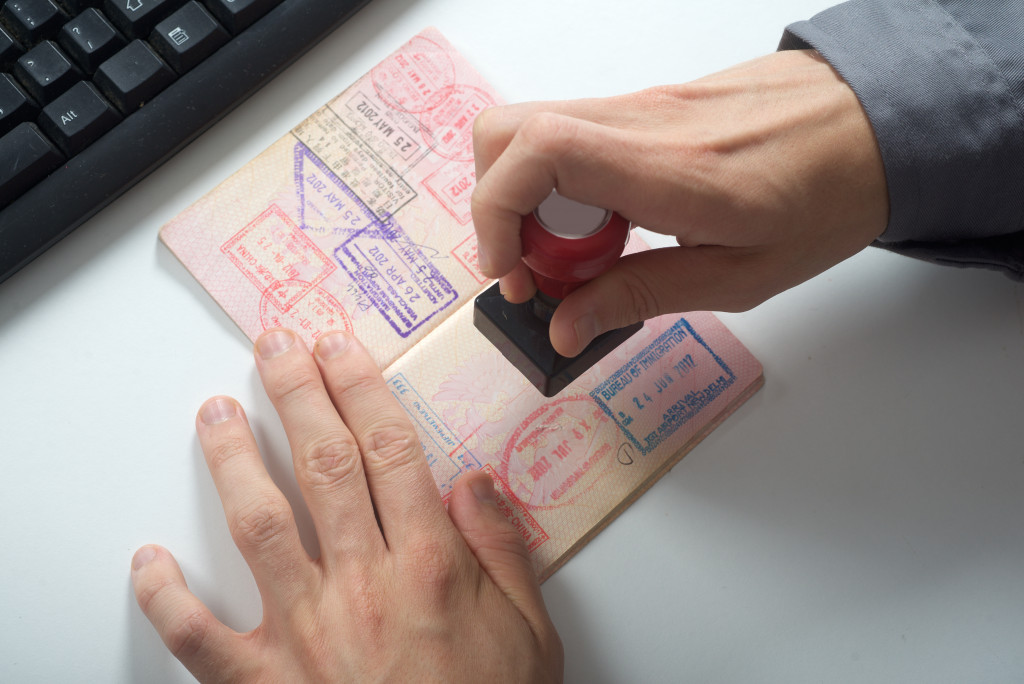- Start planning early to research destinations, find the best deals, apply for necessary visas (if applicable), and pack essentials.
- Research the area you’re visiting, such as common customs and etiquette, tourist attractions or activities, safety tips, and local transportation options.
- Ensure your passport is up-to-date and you have all the necessary documents (vaccination records, proof of medical insurance coverage, travel tickets, cash in local currency).
- Prepare your finances—bring enough cash and check if credit/debit cards will work overseas.
Congratulations on taking the first step toward your first big adventure! Whether it’s a family vacation or a solo trip, traveling is always an exciting experience. But it can also be overwhelming—especially for first-time travelers.
That’s why we created this ultimate travel checklist for you. Follow these simple steps to ensure all of your ducks are in a row, and you’ll be ready to go in no time!
Start Planning Early
Preparing ahead of time is the best way to make sure your trip goes smoothly. Start planning at least six months before your scheduled departure date. You’ll need plenty of time to research where you want to visit, decide when and how long you will stay, find the best deals on accommodations and transportation, and apply for necessary visas (if applicable).
Packing Essentials
Make sure also to set aside enough time for packing—you don’t want to forget any essentials! Create a list of everything you’ll need for your trip, such as clothes and shoes, toiletries, documents (passport, visa, etc.), medications, and personal items like jewelry and electronics. Don’t forget to include travel adapters if you’re visiting another country.
When packing clothes for your trip, it’s essential to consider the climate and weather of your destination. Research the average temperatures and expected precipitation so you can be prepared for any kind of weather. Always pack a few extra layers, such as a light jacket or coat, to make sure you’re warm enough in cold climates. But it also won’t hurt to pack a casual swimwear or two in case of a spontaneous beach trip!

Research Your Destination
It’s important to know a little about the area you’re visiting, especially if it’s your first time traveling outside your home country. Research common customs and etiquette in the region, read up on any tourist attractions or activities you might want to check out, take note of essential safety tips, and familiarize yourself with local transportation options.
For example, when it comes to etiquette in Japan, there are some standard practices that travelers should be aware of. A few examples include bowing as a greeting and taking one’s shoes off before entering a house or other traditional building. The Japanese culture has many nuances when it comes to etiquette and respect, so it is crucial to take the time to research and educate yourself beforehand.
Make Sure You Have the Right Requirements
Before setting off on your travels, double-check that your passport is up-to-date (some countries require passports to have at least six months before expiration) and that you have other necessary documents like visas or tourist cards. Additional requirements may include the following:
- Vaccination records
- Proof of medical insurance coverage
- Travel tickets, such as airline tickets/boarding passes and hotel reservations
- Cash in the local currency
Update Your Documents
Depending on where you are going and what type of visa you need, it may take several months to process so plan accordingly. If possible, make copies of all important documents in case something goes missing during your travels.
There may also be instances where new requirements will be rolled out to visit a country. For example, people traveling to a Schengen-zone country will need a European Travel Information and Authorization System (ETIAS). This electronic authorization system allows travelers from certain countries to travel visa-free for short stays in the Schengen area.

Budget Accordingly
It’s always wise to plan out your finances before leaving home. Make sure you have enough cash with you in local currency, and some money in dollars or euros just in case ATMs aren’t available or if there are fees associated with using them abroad. Check whether credit and debit cards from major banks will work overseas (most do), but be aware that international fees may apply depending on where you travel.
Additional Costs and Fees
Finally, consider opening an account with a bank that does not charge international fees so that accessing cash won’t cost an arm and a leg. It’s also important to notify your bank that you are traveling and provide them with information about where you are going and how long you intend to stay.
The average cost of international fees varies depending on the bank, credit card provider, or debit card provider you are using. Generally, banks will charge a flat fee for foreign transactions and may also charge an additional percentage fee for purchases made in foreign currencies. For example, Bank of America generally charges 3% of the purchase amount.
With this checklist handy, first-time travelers will feel more prepared than ever for their upcoming adventures! Now that all the items are checked off, it’s time to get excited about exploring new places, experiencing different cultures—and making memories that will last a lifetime! Bon, voyage!

